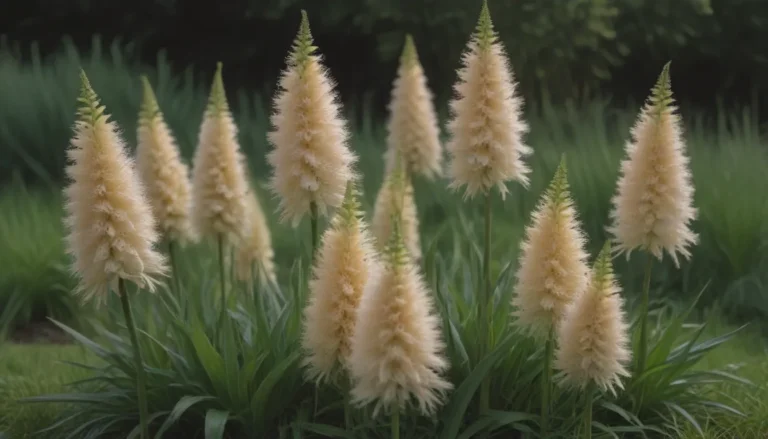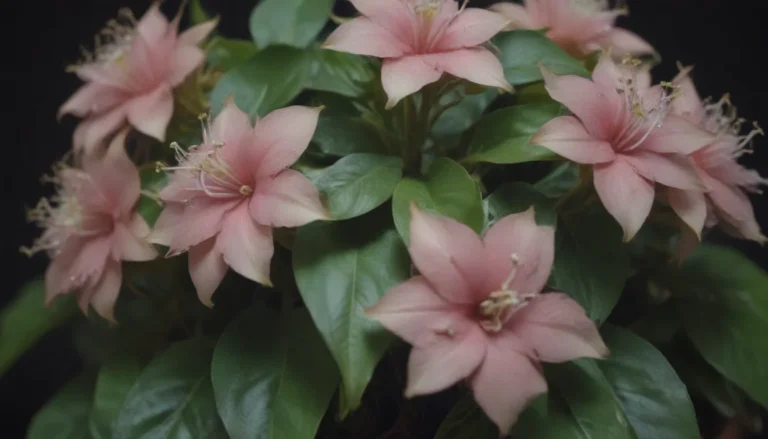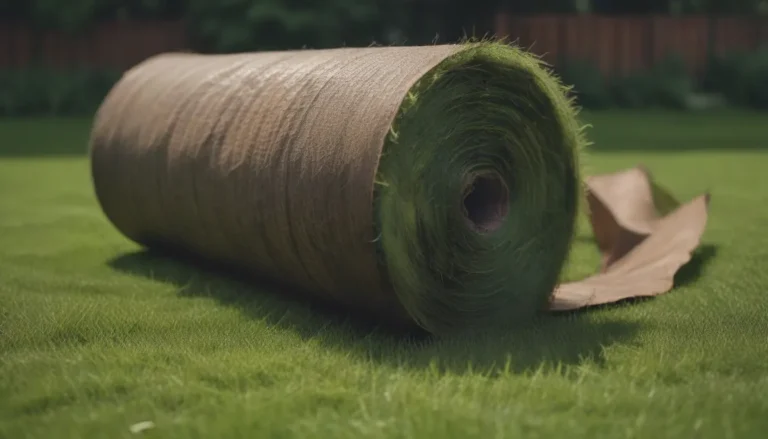Ultimate Guide to Growing and Caring for Ti Plant (Good Luck Plant)

If you’re looking to add a touch of the tropics to your home or garden, the ti plant, also known as the good luck plant, is a fantastic choice. With its colorful palm-like leaves and fast growth, this plant is a popular choice for both indoor and outdoor cultivation. In this comprehensive guide, we’ll cover everything you need to know to successfully grow and care for your ti plant.
Ti Plant Overview
The ti plant, Cordyline fruticosa, is a tropical broadleaf evergreen plant that originates from eastern Asia, Australia, and the Pacific Islands. This plant is known for its large, colorful leaves that can reach up to 2.5 feet long. While it can be grown outdoors in tropical climates, the ti plant is more commonly cultivated as a potted houseplant.
In addition to its aesthetic appeal, the ti plant is also believed to bring good luck and ward off bad spirits. It is a popular choice for indoor decoration and landscaping due to its vibrant foliage and low maintenance requirements.
Ti Plant Care
To ensure your ti plant thrives, it’s essential to provide it with the right growing conditions and care. Here are the main care requirements for growing a healthy ti plant:
Light
Ti plants thrive in bright, indirect light. While they can tolerate full sun, too much direct sunlight can cause the tips and margins of the leaves to brown. When grown outdoors, provide some shade during the hottest hours of the day. Indoors, place your ti plant in a location with ample bright, indirect light.
Soil
Ti plants prefer slightly acidic, well-draining soil that is rich in organic matter. Sandy or loamy soil works well, but avoid wet or clayey soil. Ensure the soil remains consistently moist but not waterlogged.
Water
Water your ti plant deeply but infrequently, allowing the soil to dry out slightly between waterings. In the spring and summer, water outdoor plants about twice a week, while potted plants may require watering once a week. Avoid using fluoridated water, as it can cause the leaf tips to brown.
Temperature and Humidity
Ti plants prefer temperatures between 65 and 95 degrees Fahrenheit and a humid environment. Provide additional humidity by placing the plant on a shallow dish of water or using a room humidifier. Protect your plant from drafts and cold temperatures, as it is sensitive to prolonged temperatures below 50 degrees Fahrenheit.
Fertilizer
Feed outdoor ti plants once in the spring with a slow-release, balanced fertilizer. Potted plants should be fed monthly with a water-soluble fertilizer. Avoid fertilizing in the fall and winter when the plant’s growth slows.
Types of Ti Plant Cultivars
There are numerous cultivars of ti plant available, each with its unique colors and patterns. Some popular cultivars include:
- ‘Hawaiian Boy’
- ‘Florida Red’
- ‘Candy Cane’
- ‘Black Magic’
- ‘Pink Passion’
- ‘Black Mystique’
- ‘Sherbert’
- ‘Maria’
- ‘Morning Sunshine’
Explore different cultivars to add variety and color to your indoor or outdoor space.
Pruning Techniques
Regular pruning is essential for maintaining the health and appearance of your ti plant. Remove yellowed leaves as they appear, and trim lanky or unattractive stalks. You can safely prune the plant down to 6 inches above the soil line, as it will quickly produce new growth.
Propagating Ti Plant
Ti plants can be propagated through various methods, including stem cuttings, division, or seeds. One of the easiest methods is rooting stem sections in water. Here’s how to propagate your ti plant:
- Choose a healthy stem section with at least one node.
- Place the cutting in a container of water, ensuring the node is submerged.
- Wait for roots to form, then transplant the cutting into potting soil.
Growing Ti Plant from Seed
Ti plant seeds are available for purchase online, or you can harvest seeds from mature plants. Plant the seeds in well-draining soil and keep them moist until germination occurs.
Potting and Repotting
When potting your ti plant, use a well-draining potting soil and ensure the container has drainage holes. Repot the plant every two to three years or when roots begin to outgrow the container. Choose a slightly larger container for mature plants to provide ample room for growth.
Overwintering Tips
If temperatures in your area drop below 50 degrees Fahrenheit, bring your ti plant indoors for the winter. Protect outdoor plants with mulch or frost covers to prevent cold damage. Avoid fertilizing during the fall and winter months, as the plant’s growth rate naturally slows during this time.
Common Pests and Diseases
Keep an eye out for common pests such as fungus gnats, mealybugs, and scale insects. Regularly wipe the foliage to prevent infestations, and use pesticides as needed. Avoid overwatering and provide good air circulation to prevent fungal diseases like leaf spot.
Troubleshooting Common Problems
If you notice browning leaves or poor leaf color on your ti plant, adjust the watering and lighting conditions accordingly. Use distilled water to prevent fluoride-related leaf browning, and ensure the plant receives enough sunlight for vibrant foliage color.
In conclusion, the ti plant is a versatile and visually striking plant that adds a tropical touch to any space. By following the care tips outlined in this guide, you can enjoy beautiful, vibrant foliage year-round. Whether you’re a seasoned gardener or a novice plant enthusiast, the ti plant is a rewarding and easy-to-care-for addition to your indoor or outdoor garden.
For more information on ti plant care and cultivation, consult reputable sources such as the ASPCA, North Carolina State Extension, and University of Florida Institute of Food and Agricultural Sciences. Happy gardening!





